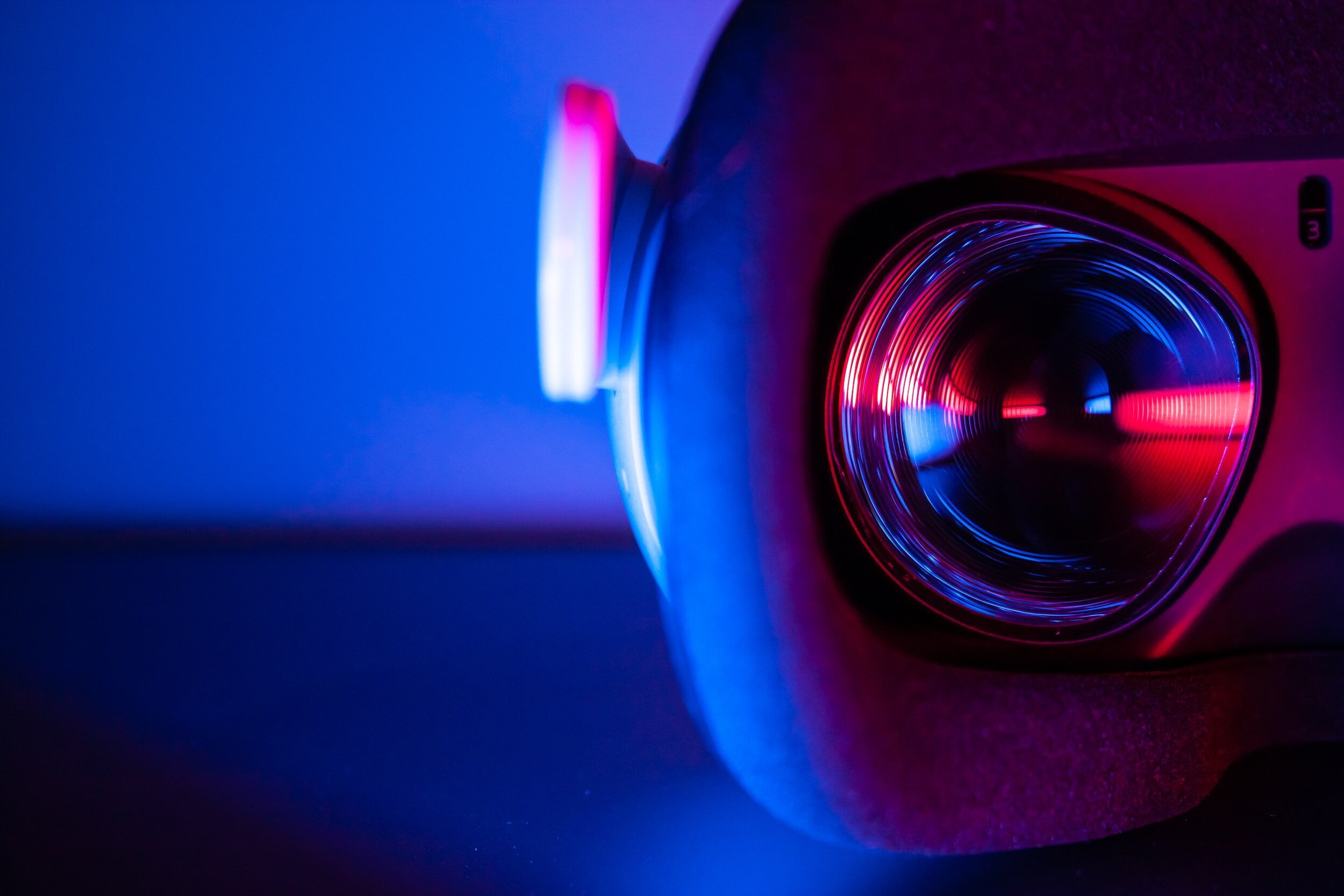Innovation Definitions and Perspectives
Innovation means different things to different people
The various forms and types of innovation allow multiple views and interpretations – depending on the perspective of the observer. Customers, employees, managers, and leaders understand innovation in their own context and probably have different expectations from it. Similarly, a startup team perceives innovation very differently than the typical established company.
Innovation from the lens of business leaders
In our digital world, it is well-understood and widely accepted that innovation is the only way to remain competitive and stay in business. In genuinely innovative organizations, leaders embrace innovation as a strategic capability that empowers the organization to achieve its goals and to better serve its purpose.
Normally, business leaders support the required programs, and they actively engage with innovation, acting both as innovation orchestrators and innovators. In such cases, innovation is seen merely as a new mode of operation for the organization.
In other cases, though, corporate leaders appear to be skeptical regarding the value of innovation programs and hesitate to make long-term investments in innovation. Very often, leaders simply think of innovation on the surface – they consider it to be a luxury or just a more sophisticated form of a morale-boost or team-building activity. Leaders do not always realize the potential of real innovation and how it can be injected into existing processes, teams, and products. Even when they do, they may still be concerned regarding the associated business cost: ironically, an overly ambitious innovation program may disrupt, not only the market, but the organization itself – the established rhythm of business.
As a result, ‘traditional’ business leaders, who are focused on optimizing the organization for production and short-term profitability, may see such innovation initiatives as a source of ‘noise’ and disruption. Similarly, middle managers tend to avoid putting their critical deliverables and commitments at risk, and thus, they also see innovation with skepticism.
Check also: our unique Innovation Toolkit - a collection of seven innovation templates that empower teams to frame problems, shape ideas, run hackathons, and more.
Innovation from the lens of employees
Employees typically welcome innovation, and they tend to accept related challenges with enthusiasm. When real innovation is there, people usually appear open to sharing their ideas through workshops, design thinking sessions, ideation events, and they see innovation not only as an opportunity to showcase their talents but also as a great way to contribute more towards the mission of the company.
Nevertheless, there are also concerns and misconceptions about innovation. In many cases, employees are skeptical about the value their ideas could bring to the company. They may have doubts regarding the transparency and consistency of the innovation process – the rules and decision-making mechanism – for example, on the prioritization or selection of ideas.
If the right culture is not there, people may be uncomfortable with failure, and they may feel discouraged or not confident enough to share their thoughts and ideas in public view. Based on experience and also on evidence from business literature, when it comes to innovation, employees across levels frequently feel disconnected or not supported by the leadership.
Innovation from the lens of consumers
End-users of a product or service are the final judges of the outcome of innovation. Regardless of the scope – incremental or radical – and the ambition of the company, it is the adoption by the user base that confirms the success of an innovation initiative.
Customers and end-users perceive innovation as new features or products that bring value; they do not necessarily follow the level of novelty of a specific innovation, and they probably don’t pay attention to technical differentiators and other internal aspects of a product.
For consumers or end-users, innovation is perceived in a ‘selfish’ way - as new, better, and affordable ways to cover their needs and achieve their goals. For most consumers, innovation is the output of a black box – it ‘simply’ happens; they expect it to serve seamless, intelligent experiences, that hide the complexities and automate trivial tasks and unnecessary steps.
Innovation in a startup context
Startups are different. Unlike typical, established companies, they are inherently innovative. It is impressive that in many cases, startups innovate ‘naturally’, without a system or special methods in place. One way to explain this fundamental difference of startups versus established corporations of any size is by analyzing the reason for their existence: in many cases, startups exist due to the novelty they are willing to bring to the market; they use change as their weapon. Startups believe in the opportunity they have identified and innovate organically in order to attack the ‘established’ and claim a share of the market.
Startups are usually relatively small and operate as flat organizations - with fewer layers of management in comparison to the typical corporation. As such, the links with the leadership are shorter – fewer middlemen - and stronger, more direct communication. This translates to better information flow and alignment with the strategy of the company.
As a result, the vision of the company is clear to all, and usually, there is a strong, purpose-driven culture. Often, key hires in a startup also take substantial risks when decide to join – they think and act more as partners and less as employees. This allows the formation of a core leadership team that is possessed by the entrepreneurial spirit and has increased autonomy to make decisions and experiment with ideas – formally or not.
The entire team understands deeply where the company is, where it should be, and they are ready to experiment and take risks in order to get there. Startups are purpose-driven, flexible organizations led by enthusiastic teams who are aiming for the ‘impossible’, and they know that offering new and significantly better solutions is the best plan of attack.
On the other hand, it is the scarcity of resources that makes startups lean and smart in their decisions. For example, given the limited resources of a startup, sensible prioritization of features during product development becomes even more critical. To make good decisions fast, they focus on measurable impact and they continually improve, by leveraging insights from feedback loops with users.
Startups are lean and agile organizations; by design and by necessity. In contrast, established companies are more conservative as they are tuned to optimize their revenue streams and profitability; they do look for growth opportunities but on the safe side. Of course, there are big corporations out there that are genuinely innovative and adopt many of the dominant characteristics of the startup culture. But the typical corporation is avoiding risks and disruptions – the primary focus is on serving its stakeholders, the safe way.
Any company can emulate to a certain extent, the startup mindset, the startup way. The Innovation Mode encapsulates the cultural aspects of the startup world and reflects them through the innovation framework.
Check also: our unique Innovation Toolkit - a collection of seven innovation templates that empower teams to frame problems, shape ideas, run hackathons, and more.











Choosing the right Chief Innovation Officer (CINO) is critical to driving business transformation and staying competitive in today’s fast-paced market. As an HR executive or business leader, it’s essential to identify a CINO who combines visionary leadership, technical fluency, and the ability to align innovation with your company’s strategic goals. This guide provides actionable insights on the key qualities, experience, and interview strategies needed to hire a CINO who will lead impactful innovation initiatives and foster a culture of creativity.